Curated Guides > Basics > The Basics of Art History
The Basics of Art History
Art allows us to see through the eyes of others—so we see the world as we have never seen it before. Learn why art history is so important in our visual world and how to describe what you see when looking at art.
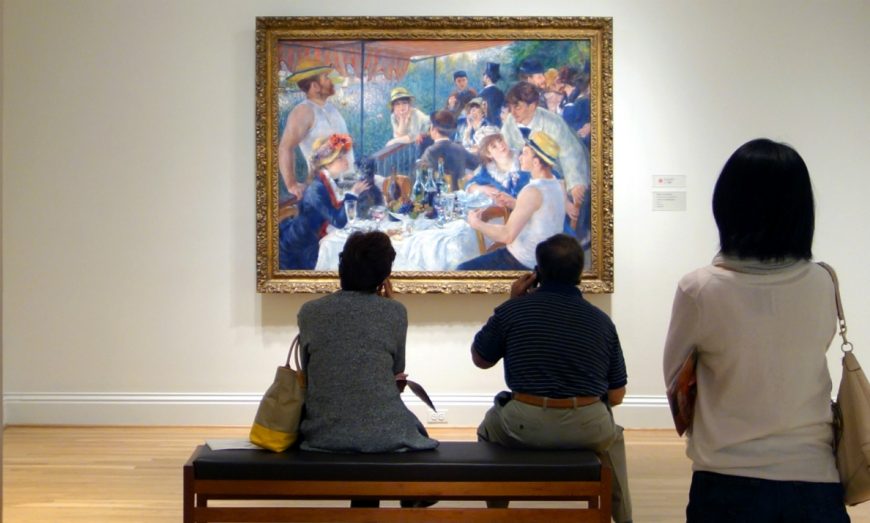
Museum-goers looking at Pierre-Auguste Renoir, Luncheon of the Boating Party, 1880–81, oil on canvas, 51.25 x 69.13 inches (The Phillips Collection; photo: Steven Zucker, CC BY-NC-SA 2.0)
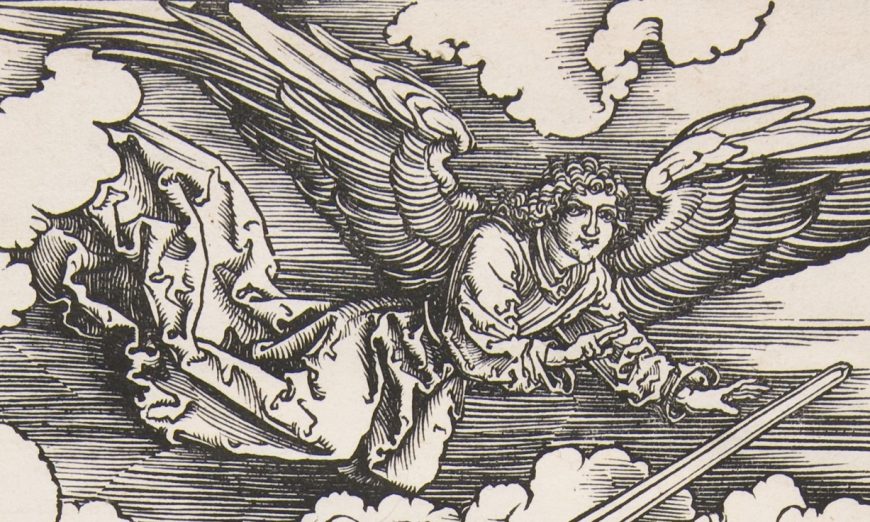
Albrecht Dürer, The Four Horsemen of the Apocalypse, 1498, woodcut, 38.8 x 29.1 cm (The Metropolitan Museum of Art, New York)

Detail, Garbhadhatu (Taizokai) Mandala (Womb World), mandala of Innate Reason and Original Enlightenment, Japan, Heian period (Tantric Buddhism), late 9th century, colors on silk (public domain)
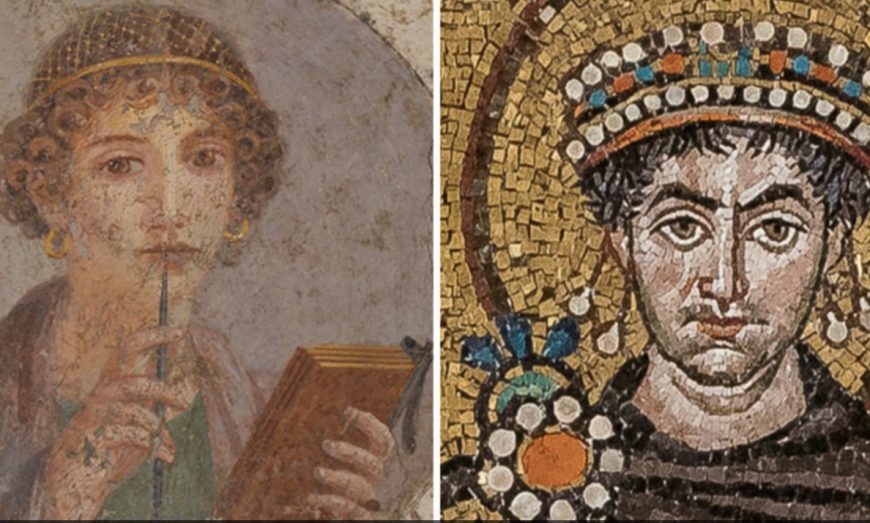
Left: Woman with wax tablets and stylus, c. 50 C.E., fresco (National Archaeological Museum, Naples; photo: Meidosensei, CC BY-SA 2.0); right: Justinian (detail), Justinian and Attendants, mosaic, north wall of the apse, San Vitale, Ravenna, Italy, c. 547 (photo: Steven Zucker, CC BY-NC-SA 2.0)
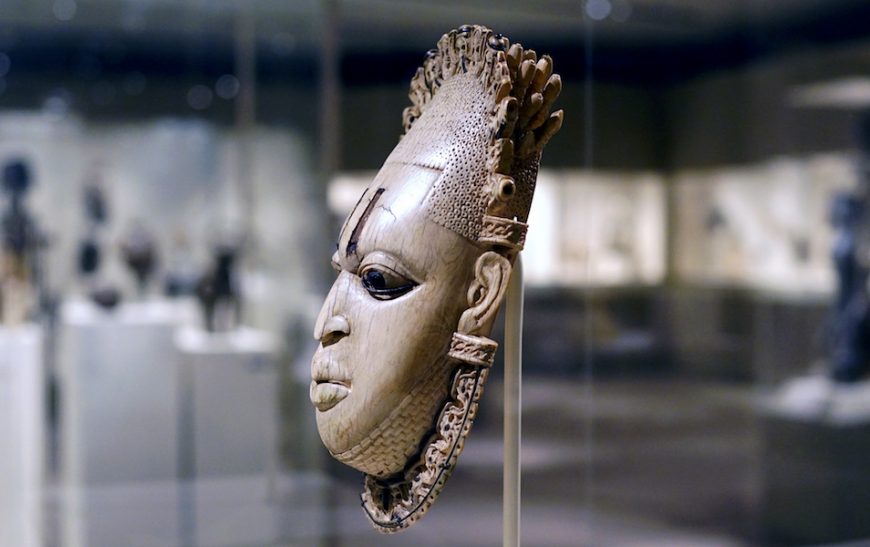
Queen Mother Pendant Mask (Iyoba), 16th century, Edo peoples, Court of Benin, Nigeria, ivory, iron, copper, 23.8 x 12.7 x 8.3 cm (The Metropolitan Museum of Art, New York)
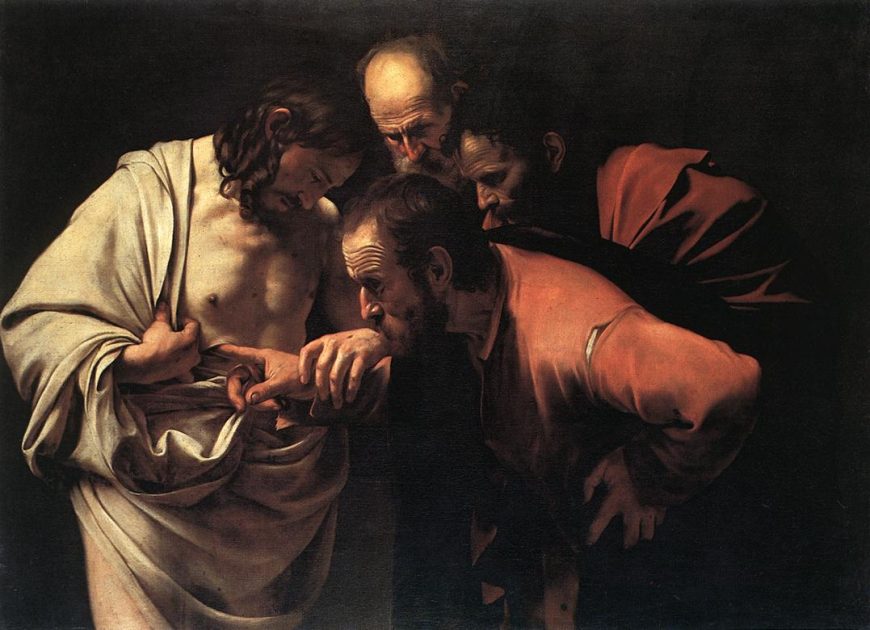
Caravaggio, The Incredulity of Saint Thomas, c. 1601–02, oil on canvas, 107 x 146 cm (Sanssouci Picture Gallery)
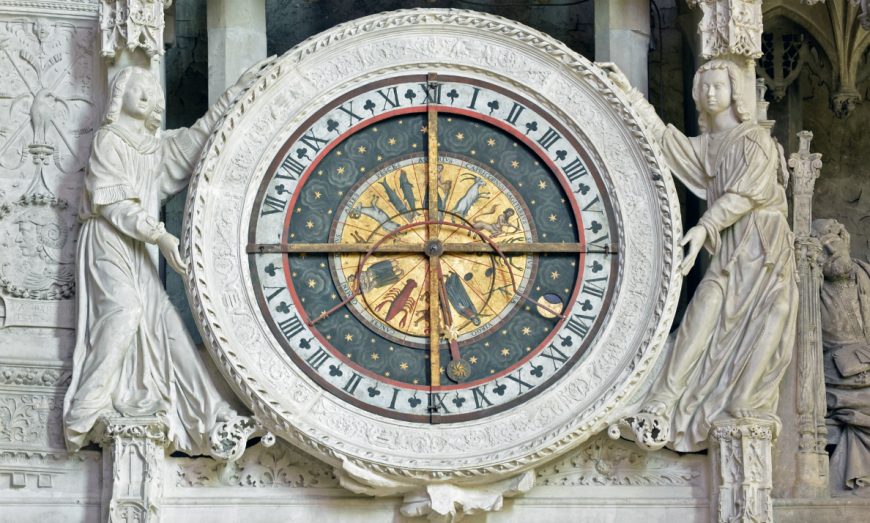
Choir Screen Clock, Chartres Cathedral, c. 1204–10 (photo: Steven Zucker, CC BY-NC-SA 2.0)
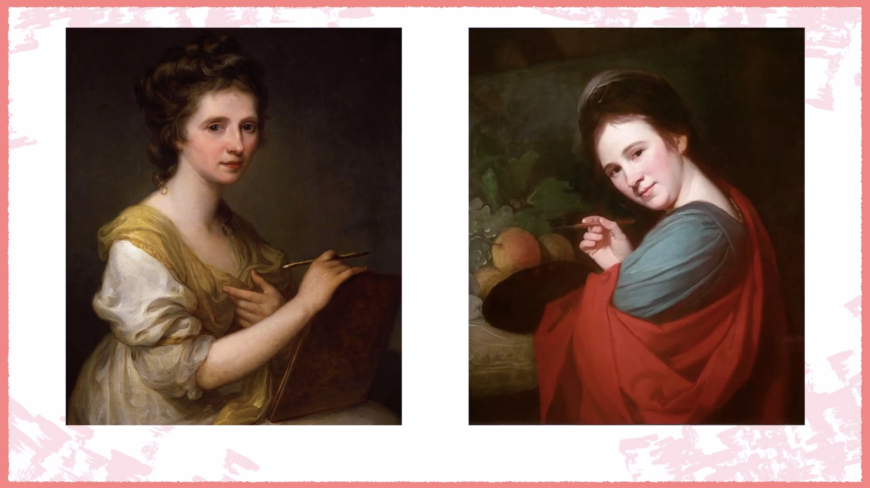
Left: Angelica Kauffman, Self-Portrait, 1770–75, oil on canvas, 73.7 x 61 cm (National Portrait Gallery, Washington, D.C.); right: George Romney, Mary Moser, 1770, oil on canvas, 76.3 x 64.2 cm (National Gallery, London)
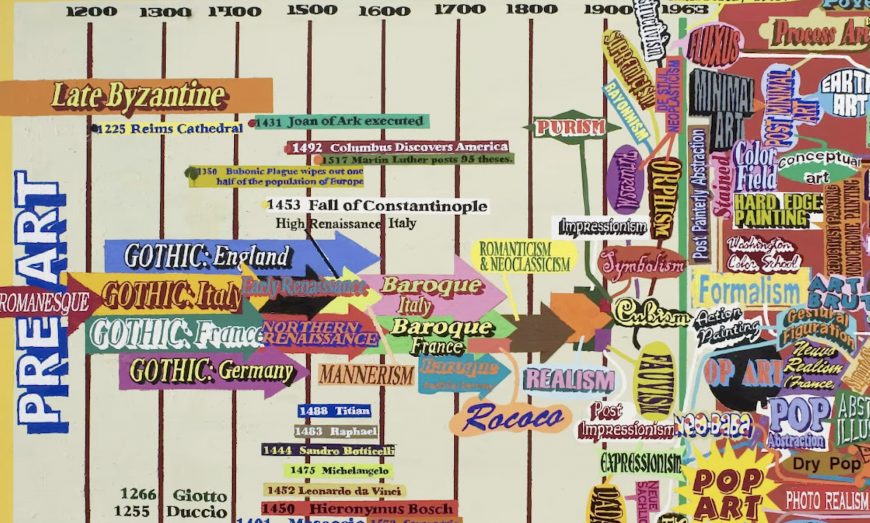
Loren Munk, History of Art Timeline, 2004–06, oil on linen (Sheldon Art Museum, Lincoln, Nebraska)
- Why you don’t like art history
- Cultural heritage “in crisis”
- Repatriating artworks
- How Climate Changes Art
- The $150,000 Banana
- Art about Migration
- What does art tell us about gender?
- Should Art Be Publicly Funded?
- Why Do Corporations Buy Art?
- What does resistance look like?
- The Art Market and taxes
- The Case for Copying
- The case for nudity
- Trending artists
- Behind the Banksy Stunt
- Art, Pride, and the Rainbow Flag

 Open All
Open All Collapse All
Collapse All